Otters, known for their playful behavior and aquatic lifestyle, are found across various parts of the world. These semi-aquatic mammals are excellent swimmers, with diets mainly consisting of fish, crustaceans, and small mammals. However, otters themselves are not at the top of the food chain and face predation from a variety of larger animals. Understanding what animals prey on otters provides valuable insight into their role in the ecosystem and the challenges they face in the wild.
In this article, we will explore the natural predators of otters, the regions they inhabit, and how these predators impact otter populations.
Region: North and South America, Africa, Asia, Australia.
How They Prey on Otters: Large reptiles like alligators and crocodiles are some of the most formidable predators of otters. These reptiles share the same freshwater habitats, such as rivers, lakes, and swamps, with otters, making them a common threat. Otters, being smaller and more agile, can avoid these large reptiles in many cases, but they are vulnerable when they are in or near the water, especially when hunting or resting.
Alligators and crocodiles ambush their prey, waiting silently underwater before striking quickly and powerfully. Otters, particularly young or inexperienced individuals, may fall victim to these stealthy predators.
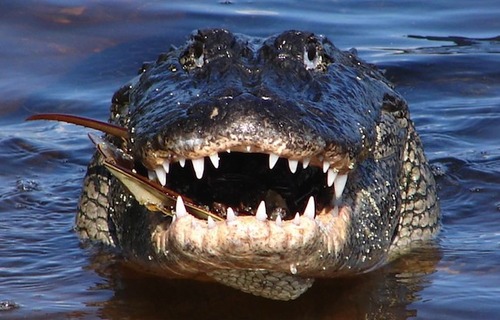
Region: Coastal waters of the Pacific Ocean, particularly around North America.
Diet: Fish, marine mammals, squid.
How They Prey on Otters: Orcas are apex predators in the ocean, and while they typically target larger aquarium/52-marine-animals.html">marine animals like seals, sea lions, and dolphins, they are also known to prey on sea otters. Orcas typically hunt in groups, called pods, and are highly intelligent and strategic in their hunting techniques.
Orcas are capable of overpowering sea otters in coastal regions. Sea otters often float on the surface of the water to feed or rest, which can make them easy targets for orcas that patrol the same areas.
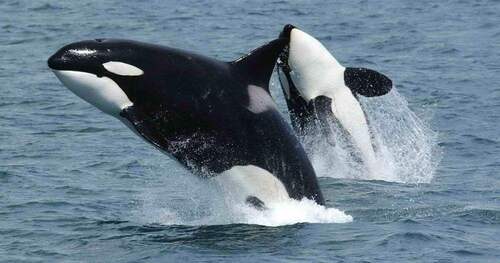
Region: North America.
Diet: Fish, birds, small mammals.
How They Prey on Otters: Bald eagles, being powerful birds of prey, are known to hunt small mammals, including young otters, particularly river otters. Eagles have sharp talons and keen eyesight, allowing them to spot otters from high above. They can swoop down quickly, grabbing otters from the water or the riverbank with their powerful claws.
While adult otters are typically too large for bald eagles, young or smaller river otters are vulnerable to these airborne predators, especially in open areas near bodies of water.
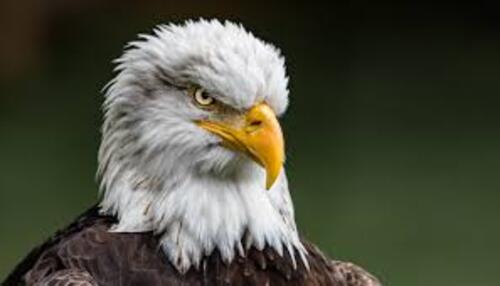
Region: Coastal waters worldwide.
Diet: Fish, marine mammals, squid, and crustaceans.
How They Prey on Otters: In coastal areas, particularly where sea otters live, sharks are another major predator. Great white sharks are especially dangerous to sea otters, as they patrol shallow waters in search of food. While sharks primarily feed on seals and sea lions, they occasionally mistake otters for seals or simply take advantage of an easy meal.
Otters spend a significant amount of time floating on their backs to feed on shellfish, making them vulnerable to shark attacks from below. A single bite from a shark can be fatal to an otter, even if the shark is not hunting them deliberately.
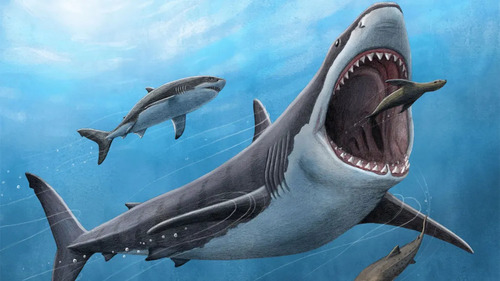
Region: North America.
Diet: Small to medium-sized mammals, birds, fruits, and insects.
How They Prey on Otters: In areas where river otters and sea otters live near land, coyotes pose a serious threat. Coyotes are opportunistic hunters and are known to target otters when they come ashore to rest or move between bodies of water. Otters are agile in water, but they are slower and more vulnerable on land, making them an easier target for coyotes.
Coyotes are most likely to attack otters when they are alone or distracted, such as when they are grooming or foraging on the shore. This predation usually occurs at night or during dawn and dusk, when otters may be less alert to the presence of land-based predators.
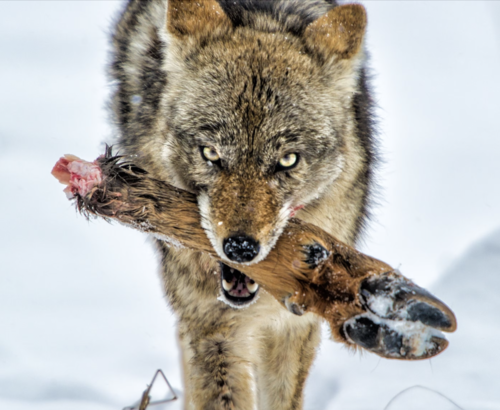
Region: North America, Europe, Asia.
Diet: Large and medium-sized mammals, fish, birds.
How They Prey on Otters: Wolves, particularly in North American and Eurasian regions, are capable of preying on river otters. Though wolves typically hunt larger prey such as deer or moose, they are opportunistic hunters and will take smaller animals like otters if given the chance.
Wolves typically target otters when they are moving between water bodies or when the otters come onto land. Because wolves hunt in packs, they can easily overpower otters in a coordinated attack, especially if the otter is young or injured.
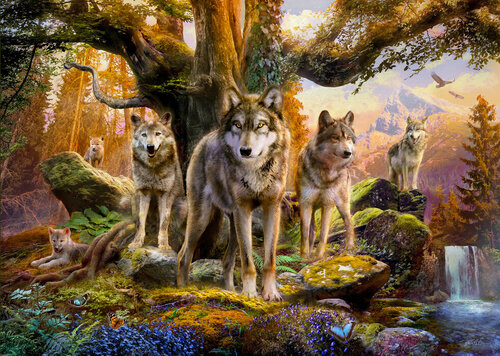
Region: Worldwide.
Diet: Omnivorous.
How They Prey on Otters: While humans are not natural predators of otters in the sense that they regularly hunt them for food, otters have historically been hunted for their fur, particularly sea otters, whose pelts are highly valued for their warmth and softness. Hunting by humans led to a dramatic decline in otter populations, especially in the 19th and early 20th centuries.
Today, hunting otters is illegal in many parts of the world due to their protected status, but humans still pose a threat to otters through habitat destruction, pollution, and fishing nets, where otters can become trapped and drown.
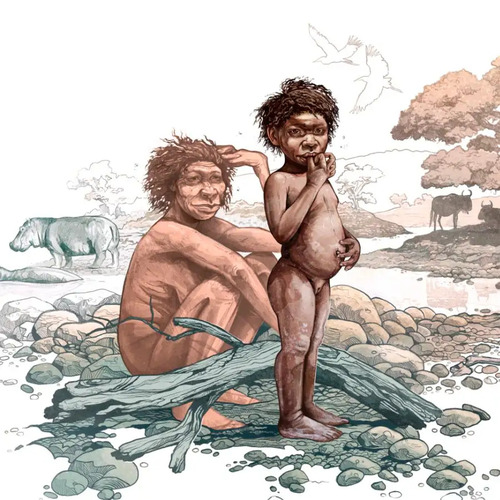
Otters play an essential role in their ecosystems by controlling the populations of fish and invertebrates. For example, sea otters are considered a keystone species in kelp forest ecosystems. By feeding on sea urchins, which graze on kelp, sea otters help maintain the health and balance of kelp forests. Without otters, sea urchin populations would explode, leading to the destruction of these vital habitats.
River otters, on the other hand, help regulate fish populations in freshwater rivers and lakes, contributing to the health of aquatic ecosystems.
Many species of otters are threatened or endangered due to habitat loss, pollution, and hunting. Some, like the giant otter of South America, are listed as endangered, while others, like the sea otter, have made a slow recovery after being heavily hunted for their fur. Efforts to protect otters focus on conserving their natural habitats, reducing pollution, and enforcing anti-poaching laws.
Although otters are skilled swimmers and top predators in their environments, they are not without their own natural enemies. Predators such as alligators, orcas, eagles, sharks, and land animals like coyotes and wolves can all prey on otters. Even humans, through habitat destruction and pollution, continue to pose a threat to otter populations.
By understanding what animals eat otters and the challenges they face, we can better appreciate the complexity of their ecosystems and the importance of protecting these fascinating creatures. Conservation efforts are vital to ensuring that otters continue to play their critical role in maintaining the balance of aquatic ecosystems around the world.
animal tags: Otters
We created this article in conjunction with AI technology, then made sure it was fact-checked and edited by a Animals Top editor.